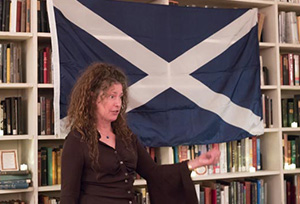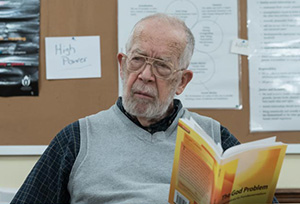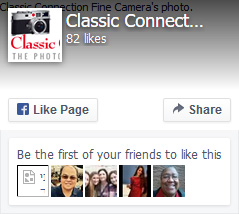M10 Experience
I’ve used Leicas since 1950 and every M since the M3, excepting the M5 and M8.
The M10 handles like the film cameras – that is like part of your hand.
The controls are well thought out. Exposure compensation and ISO are instantly available – basically all that you would want to change in the course of photographing, without the distraction of hunting around on menus.
The sensor/shutter configuration like the M262 doesn’t seem to pick up dust like the M240.
The new sensor at ISO 3200 results in crisp sharp images with superb micro-contrast. At lower ISOs it’s fantastic – noticeably better than previous M’s and looks better than photos shot on a Sony A7rii with Leica lenses. ISO 6400 produces images that are noise-free – much better than ISO 3200 on a M240.
ISO 25,000 is surprisingly good, but the difference between ISO 200 and ISO 25,000 is evident. Automatic color balance clearly is better than previous M’s or the Sony.
I’ve attached some images, some in very challenging lighting. The color balance hasn’t been shifted in Lightroom and minimal corrections have been applied. It’s the digital camera that I’ve been waiting for.
About the only thing that I would have wished for is replacing the brass with aluminum to reduce the weight by another two ounces. However, it handles so well that isn’t very important.
On-time and wake-up times are faster than the M-240 or M-262 using a SanDisk Extreme Pro 64 GB card formatted in XFATT, about a second – the time that it takes to bring the camera into action. Live view works well, permitting focusing extremely precisely and the delay is faster than the M-240, not on a par with the Sony A7Rii, but nonetheless useful.
The only odd thing that I’ve noticed is that if you compose to the edge of the left vertical 50mm frame line you will lose a small segment of the image with a 50 Apo-Summicron, or 90 mm frame lines with Macro Elmar at distances under 3 meters.
The frame lines are right on a little under three meters
Sample images labeled with ISO attached – all with 50 mm Apo=Summicron.
Philip Lieberman
Please check out the link below to Mr. Lieberman photographs of traditional life in the Tibetan Himalaya regions of Nepal, India and Tibet in the Tibetan and Himalayan digital library. They are of a world that has since almost disappeared.
http://mms.thlib.org/topics/4005/pictures









 iso-6,400
iso-6,400 iso-25,000
iso-25,000 Iso-200
Iso-200 iso-800
iso-800 Iso-6400–1
Iso-6400–1




